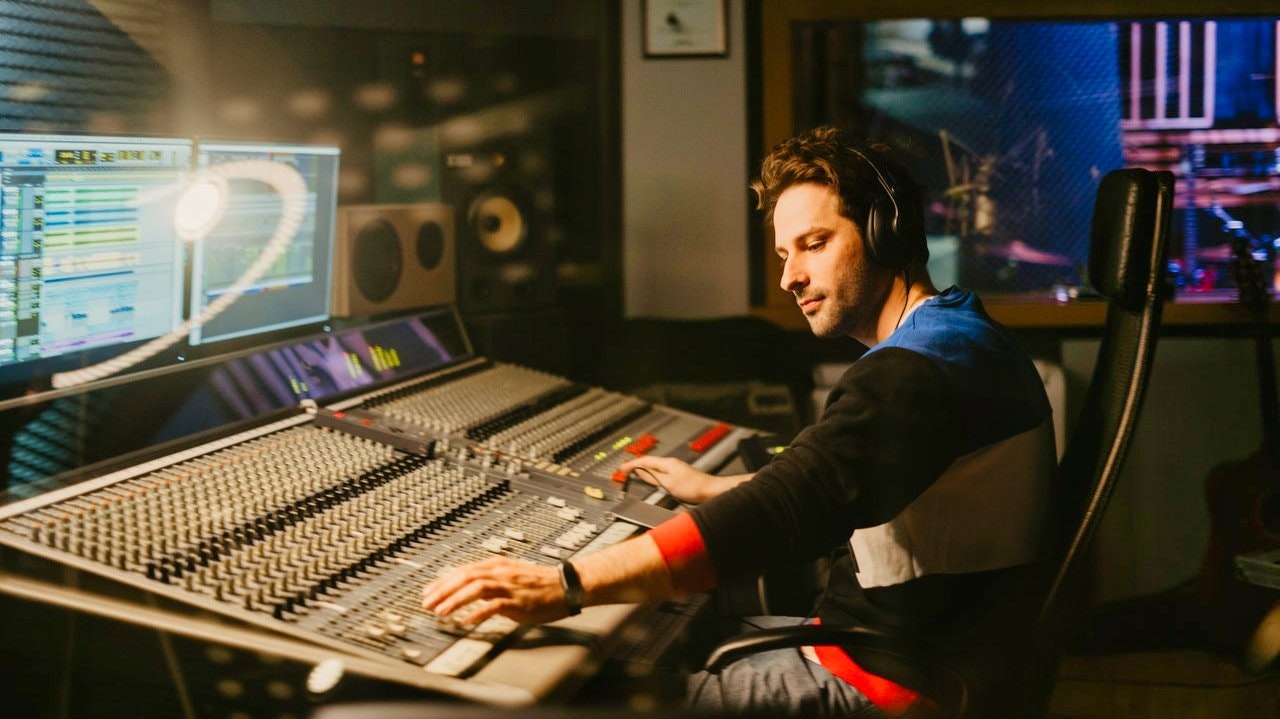
You want to create a video for your international market.
Should you choose a translated voice over?
Many people assume that voice over translation is the best option when creating international videos. While it may be true that voice over is a good option for you, it’s not always the best option.
There are ways that you can get smarter about how you translate videos. That might mean using translated voice over… but it might not.
How can you tell if voice over will be the right choice for you?
What is voice over?
Voice over (which can also be written voice-over) is a production technique where a narrator’s voice is added to the video after it has been made. With translated content, this means that an actor is hired in the target language to record the translated video script. This translated audio is then added back to the video.
Voiceover vs overdubbing
It’s important to draw a distinction between voice over and overdubbing.
Overdubbing is a specific type of voice over where the words of a person who appears in the source video (an interviewee, character, spokesperson, etc) are translated. The translated audio is then matched precisely to the source video so that it appears that the person is speaking in the target language.
Translated overdubbing is often used in TV shows and movies when they are exported to the international market. It is a more labor intensive process than voice over, where the speaker is not seen in the video.
Does voice over appear more professional?
The alternative to voice over is to use subtitles.
Some global companies think that they shouldn’t use subtitles for their videos, assuming that they will appear less professional. They believe that voice over always makes videos look better.
Is this true?
While a translated voice over may be a better choice for your particular content, it is certainly not always the best option. For instance, well-translated subtitles will look far more professional than a badly executed voice over.
The most important factor to consider is whether or not a voice over makes sense for the strategic needs of your content.
Both voice over and subtitles could be suitable for your needs. But, you first need to be clear on what those needs are.

5 good reasons you might choose voice over
Voice over translation is a more expensive process than subtitle translation thanks to the added engineering work that it requires.
With voice over, you need to hire voice actors in the target language, record the audio with a producer, merge the translated audio into the original video, etc. These are not required with subtitle translation.
For this reason, it’s important that you have a good reason for choosing voice over.
Some good reasons might be:
- The audience can’t read so well — This was a complaint when audio was first brought into Polish cinema back in the 1930s. Video content allows less proficient readers to access information about your company. Adding subtitles could negate this benefit, if this issue arises within your target market.
- People need to concentrate on the graphics — If the video graphics are complex or require full concentration, viewers won’t be able to read subtitles at the same time.
- Several people are speaking quickly — If your video includes quick conversations with people speaking over each other, voice over (specifically overdubbing) will be needed otherwise viewers won’t be able to follow the conversation.
- The video must look local — If it’s vital that the video looks as local as possible, but you don’t want to remake it completely with a local marketing agency, voice over may be the best choice.
- Your content strategy requires it — If your content strategy calls for voice over for this particular piece of video content, by all means go with voice over.
The smart way to translate a video voice over
You have decided that a particular video needs voice over.
How do you ensure that you are carrying out the translation of that voice over in the best way possible?
Here are some thoughts on how to translate a video voice over most effectively.
Be clear on your content strategy
First, as we have mentioned, your content strategy is vital.
All decisions about your video and its translation will be more effective when you can justify them with your strategic goals for the content.
Determine if voice over is vital
We’re not trying to dissuade you from choosing voice over. But, just make sure that it is actually required for your specific video content.
This is especially important if you want to use overdubbing which is more complex than simple voice over. There may be other ways to meet your needs more easily so make sure you have considered your options first.
Find ways to make the translation simpler
Even with voice over, there are often ways to make your translation simpler, reducing the cost and complexity of the entire video project.
A good translation provider should be able to help you identify aspects of your project that you can change to reduce translation costs.
Streamline your engineering process
The vast majority of the costs associated with voice over translation are the extra engineering costs. For this reason, you can make your life much easier by streamlining your content creation process up front.
Again, this is something that a good translation provider will be able to help you with.

What more do you need to know about video voice over?
In this article, we’ve presented just a few thoughts on how you can get smarter about how you translate video voice overs.
There are many more steps you can take to improve the process even further.
Our free eBook Video Localization Best Practices provides a collection of hints and tips on how to translate video more effectively.
Download a copy of the eBook below: